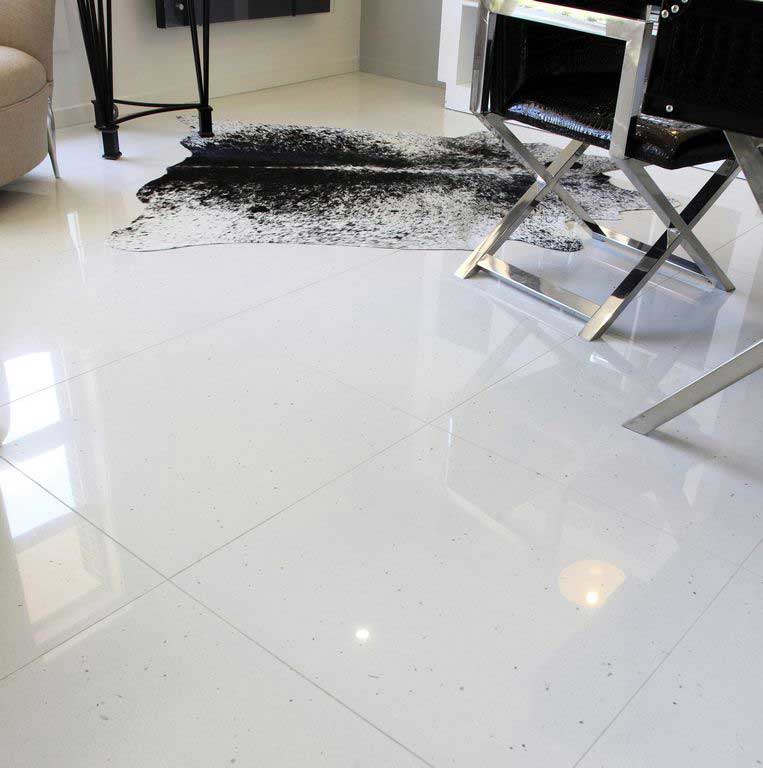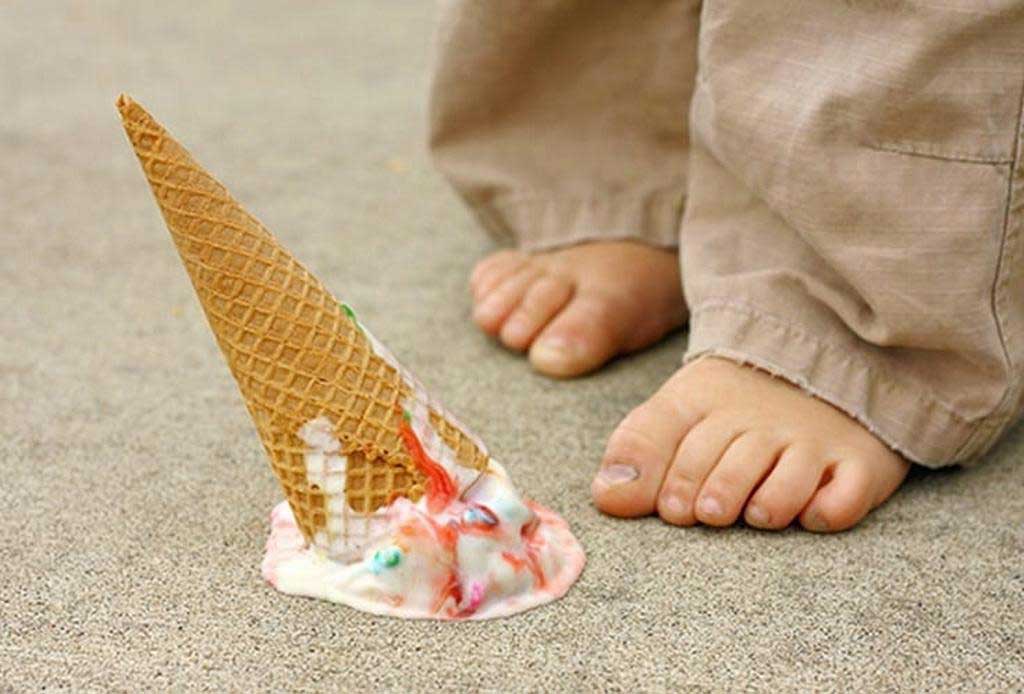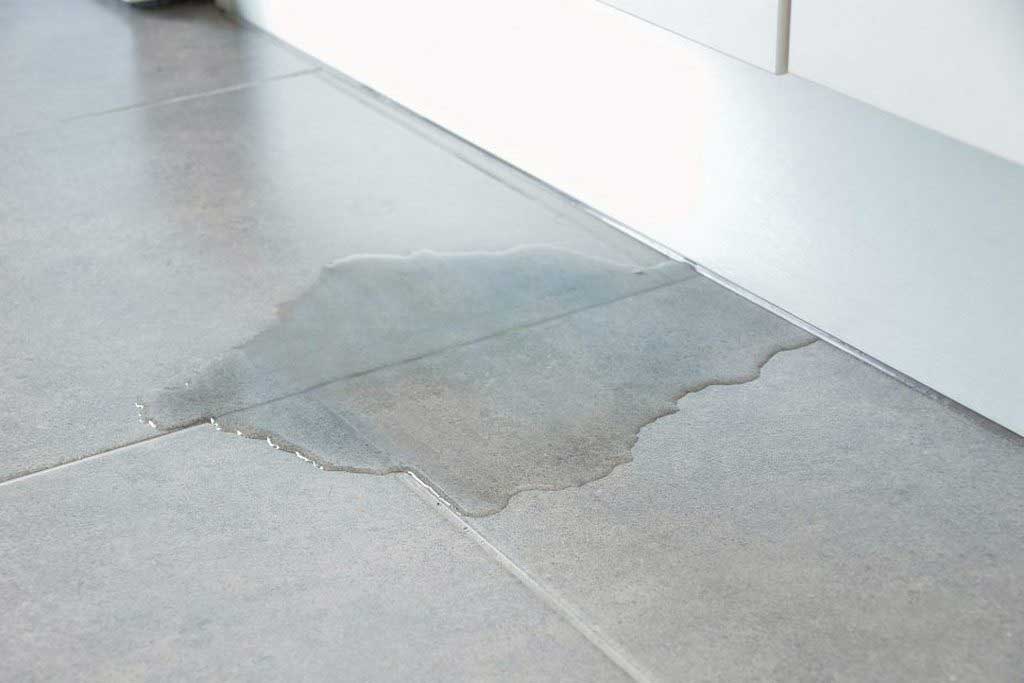Floor Repair And Maintenance Tips You Should Know
Floor maintenance is a must because the floor serves as a base for the home owner, so routine maintenance is absolutely necessary. Floors are part of the house and their function is very essential. The floor serves as a base for residents and furniture such as chairs, tables, cabinets, or beds. In addition, the floor has a function to add aesthetics, comfort, health, and home value as well.
Floors are applied for various purposes. For the interior, you can use floors that have colors, patterns, dimensions, and smooth textures, except for the bathroom floor. As for the exterior, use a rough-textured floor so it’s not slippery, for example in carports and laundry rooms.
Floors as the base of the house must meet standard requirements so that its function can run optimally. These requirements are strong to withstand loads (such as humans or furniture), have a flat surface, odorless, easy to clean, waterproof, heat insulation, non-electromagnetic, durable, and impact resistant.
The types of floors that can be used for residential houses are ceramics, tiles, terrazzo, stone, wood, and carpets. Each type of floor requires special care.
See also: 11 Best Floor Types You Should Know for Homes
-
Floors Maintenance Tips
The floor should always be maintained regularly depending on the type of floor. Sweep, either with a broom or vacuum cleaner every day. The type of floor that is easy to clean is ceramic floor. The trick, mop the floors with cleaning fluid and wipe them with a cloth.
What often happens is when the floor has been cleaned every day but there are still areas that are not 100% clean, for example in floor joints (grout). At first, the grout was white but gradually turned blackish brown. The way to clean it is to brush the grout with cleaning fluid or sand it.
How to care for tile, terrazzo, and ceramic floors is the same, just mop it regularly with a special cleaning liquid for floors. While the treatment of marble and granite floors, during installation should be coated first to prevent water seepage that can enter the pores.
If the floor gets stained, just clean it by mopping it with warm water and avoid using high chemical floor cleaners. Re-polishing with coating can be done in 3-4 years once.
-
How to clean parquet floors
To make parquet floors always look beautiful and shiny, then the mopping method must be correct. First, a vacuum cleaner is used to vacuum all small dust on the parquet floors, then wipe the parquet floors with a dry flannel cloth or a dust magnet cloth so that the remaining dust can be lifted completely. Wet mops should not be used directly as dust can stick to wet cloths and scratch parquet floors.
After the dust is completely removed, wipe the parquet with a damp cloth, avoid using a wet cloth as it can flood the parquet floor. For parquet floors made of solid wood, additional care must be taken, which must be polished once a month using wood polishing fluid (teak oil, pledge) and every two years re-coat it once.
-
How to gloss tile floors
Newly installed tiles usually feel rough and uncomfortable when you step on them. There are natural, affordable, and fast ways to make it smooth, sleek, and shiny. First of all, wipe the tile thoroughly, then mop it with water. Once dry, prepare dried coconut pulps (squeezed coconut pulps until the coconut milk is completely out), then rub it all over the floor evenly then leave it for 30-60 minutes, then sweep it. In the last step, new diesel fuel (fresh, not used diesel) is applied to the floor. After drying, wipe it with a dry cloth. Repeat this step every 1-2 week, over time the tiles will be smoother, glossy, sleek, and mature dark.
-
How to clean oil stains on floors
Any oil spilled on the floor will leave stains that are difficult to remove. This often occurs in service areas such as kitchens and dining rooms. To clean it, the floor that is stained with oil is sprinkled with salt so that the salt will absorb the oil and prevent stain marks created. Flour or cornstarch can also replace salt if you don’t have it. The method is the same, rub the flour or cornstarch. The oil will be absorbed. Then brush the floor and clean it with a damp cloth and then wipe it using a dry cloth.
-
Carpet cleaning tips
Carpets tend to be dusty and lousy. If you rarely clean it, the carpet has the potential to spread germs and it will look dull. Carpets can be cleaned in the following ways.
- Vacuum all the dust that sticks on both layers of the carpet using a vacuum cleaner.
- Hang and beating the carpet repeatedly using the rug beater to remove any remaining dust. Do this process outdoors. Vacuum the carpet again to remove dust completely.
- Lay the carpet on a clean surface. To find out if the color is fading, apply a small amount of soap to a small area on the carpet. If it fades, it’s best to take it to a professional carpet cleaner.
- If the color does not fade, rinse the carpet from above with water then add a mild soap and scrub gently with a brush. After that, rinse with water until the soap vanishes.
- Squeeze the carpet as much as possible, then dry under the sun in a stretched so as not to wrinkle. Dry the carpet on both sides until it is completely dry.
-
Tips for removing ice cream stains on carpets
Ice cream dripping on the carpet can leave stains. To clean it, 70% alcohol or isopropyl alcohol is poured on a cloth. Place the cloth over the stain and press it repeatedly. However, if the underlay of the carpet is made of rubber, keep the alcohol from touching it as this can damage it. Avoid rubbing it, because alcohol can damage the carpet textures. After that, make a solution made of half a tablespoon of dish soap plus a liter of water. Pour a little at a time on the stained area while pressing it repeatedly. Repeat that step several times. Then rinse with water and dry it using a dry cloth.
-
Tips for removing ink stains on carpets
A mark caused by spilled ink on the carpet can be cleaned and removed. To do this, a cotton swab is dampened with alcohol and then pressed repeatedly on the stains. The ink will be fade and absorbed. Once it looks clean enough, wash the carpet with clean water. Then dry it with a dry cloth.
-
Tips for cleaning coffee stains on carpets
A coffee liquid may spill on the carpet. There is an easy way to clean it. 70% alcohol is poured over the stain, then brushed with a soft-bristled toothbrush until the stain disappears. Next, rinse with clean water and wipe with a dry cloth.
-
Tips for descaling in the bathroom
A crusty bathroom floor can be removed in the following ways.
- The crust is rubbed many times with a pumice stone and soapy water, then rinsed off with clean water.
- Citroen zuur (citric acid) is sprinkled on the entire floor or wall which has been rinsed before, allowed to react for one hour. Then, brush it. After that, pour it with clean water and rinse until it is completely clean.
- Then dry it with a dry cloth. Citric acid or often called Citroen is a white powder that can be found at cake supply stores.
See also: 4 Flooring Material Options That You Should Know
-
Know The Floor Damage And Its Causes
Floors can be damaged or deformed due to human or natural errors. Over time, floors may crack, break, loose, sinking, fade, damp, and moldy. Incorrect initial installation or incorrect maintenance and damp soil are some of the causes of floor damage.
-
Cracked floor
Cracked floors are often found in floor planks and grout. Cracks in floor tiles occur due to being hit or bump by hard objects such as chairs, table legs, and cabinets or wrong mixture compositions.
While cracked grout is caused by the low quality of grout filler; which is too dry so that it does not perfectly attach to the grout or because of a lowering base floor due to the soil character. Cracked wood floors due to the poor quality of the wood.
-
Loose floor
The floor is loose due to improper floor installation such as poor mortar or less dense soil. Usually, this happens not only to one-floor tile but to the nearby tiles has also the same issue. To check which tiles are easily loose, try tapping the floor surface. When it sounds loud, it indicates there is a vacuum space underneath, which means that it is not strong enough attached to the floor base.
-
Sinking floor
The sinking floor or sagging due to the soil characteristic or wrong floor installation. Soft soil or cracked soil due to imperfect soil compaction, less thick and less dense, and plant roots are the causes of sinking floors.
-
Wet or damp floors
Wet or damp floor surfaces occur because the water in the ground seeps onto the floor through cracked grout. These problems are often found in waterproof floor types such as ceramics, marble, and granite. Otherwise, a damp floor may also occur as groundwater seeps through the center of the floor surface; for non-waterproof floor types such as tiles, terrazzo, and wooden floors.
-
Floor Repair Tips
Floor repairs need to be done when the floor surface is quite annoying. Repairing floors needs to be careful so that they are done correctly and precisely. The replacement materials are attempted with the same type; from the shape, color, pattern, and size to match its initial appearance.
-
Tips for repairing cracked floors
Cracked floors must be removed carefully so that nearby floors do not come off as well. Grout was scraped with a sharp object. After that, clean the mortar underneath until to the base. Apply the mortar, then install a replacement floor.
If the grout is cracked, check the cause first, whether it is due to poor quality fillers or a decrease in the floor base. If it is due to the grout filler, the repair is done by refilling the cracked grout with a high-quality grout filler and adhesive mixed with water.
At first, clean the grout first by scraping it. Then rinse the grout with clean water. Next, fill the grout with a diluted grout filler and let it seep in. When the grout filler is still half dry, pour the thicker filler and press it to make it solid. Before the grout filler dries, wipe the remaining filler on the floor with a dry cloth.
-
Tips for repairing loose floors
Lift all loose floors and then clean the adhesive underneath. After all the loose floors are completely removed, dismantle the subgrade soil. Then pour water into it and press the soil to make it denser. Before installing the floor, remove the adhesive residue on the old floor that was removed earlier and soak it in the water. After soaking in a few minutes, attach the floor with a good adhesive mixture.
-
Tips for repairing sinking floors
First, lift all sinking or sagging floors including the remaining adhesive and subgrade. After the subgrade surface is visible, stamping the soil to make it solid. If the soil surface is mushy, add hard rock crumbs or gravel.
Rock crumbs or gravel must be pressed by pounding to get into the ground. Thus, the soil base becomes solid and not mushy. Then, filled with sand about 10 cm and spread evenly and watered until the sand solidifies. The sand surface will shrink. Therefore, add more sand so that the soil base is flattened.
If you want to install the old floor, it must be cleaned from the residual adhesive. The adhesive mixture between the floor and floor base uses a ratio of 1 cement: 2 sand so that it doesn’t cause problems in the future because it has a stronger adhesion. For wood floors, the adhesive uses wood glue.
-
Tips for repairing wet or damp floors
Repairing a wet or damp floor is quite easy if you know the main cause. If the water infiltrates through the grout, cover the grout with a sealant waterproof. If the water infiltrates through the floor (non-waterproof floor), dismantle all damaged floors until the floor base. Put a plastic sheet on the floor base, and pour water-resistant mortar above it with a ratio of 1 cement: 2 sand in 3 cm thickness. After that, install the floor back.
-
How to fix a leaky bathroom floor
Leaky floors in the bathroom usually come from grout. Oftentimes, grout is eroded due to water, cleaning chemicals, soap, or the wrong bathroom tile installation. It must be known first whether the tile floor is still attached properly to the floor. The trick, step on the floor with a little pressure whether it moves or not; tap the floor whether it makes a loud sound or not.
If the floor tiles move or make a loud sound, this indicates there is a space underneath. Dismantling the floor needs to be done to fix it. The floor tiles are coated with a waterproofing solution and allowed to dry before applying the tiles. A special adhesive is added to the mortar to make it sticks well. To get maximum results, a special material to fill the grout can be used. A waterproofing sealant can be added to the grout filler. But, if the tiles are still sticking well, just replenished the grout with a waterproofing mortar.



